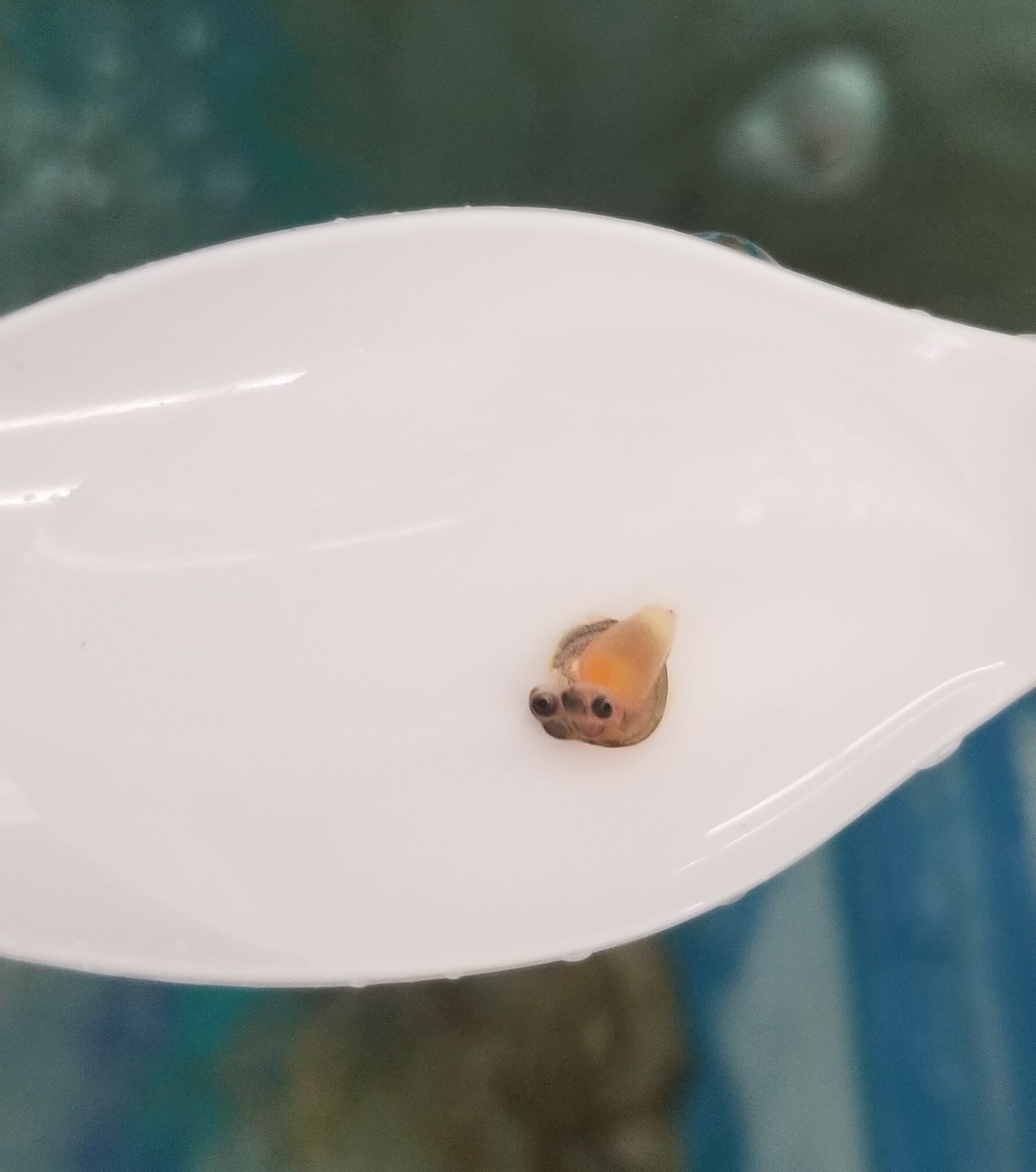While checking on the alevin at the Trailside Museum Trout Tank, we made a Halloween discovery … Frankentrout! This two-headed trout is a result of double fertilization, a rare occurrence in nature. As unfertilized trout eggs are exposed to fresh water, the micropyle opens and allows a 60 second window for milt (male genetic material) to fertilize the eggs. In the case of Frankentrout, two sperm entered and fertilized a single egg. The result is two trout that share organs and the yolk-sac. These trout are not adapted to live as long as the others, and we will continue to monitor it over the next week.
Remember to comment below and let us know what you think we should name our little fry. And check in at 10:15 a.m. ET on Think Tank Thursday to see what’s new in the tank.
Science Journal Question for TIC Students: Why do you think it is rare to see wild trout that have unusual features? Did you see other unusual alevin in the nest basket? How do you think these irregularities might impact their survival?
Dive Even Deeper: What human impacts caused the need for hatchery raised fish and fish stocking? What are the advantages and disadvantages of hatchery-raised trout?



